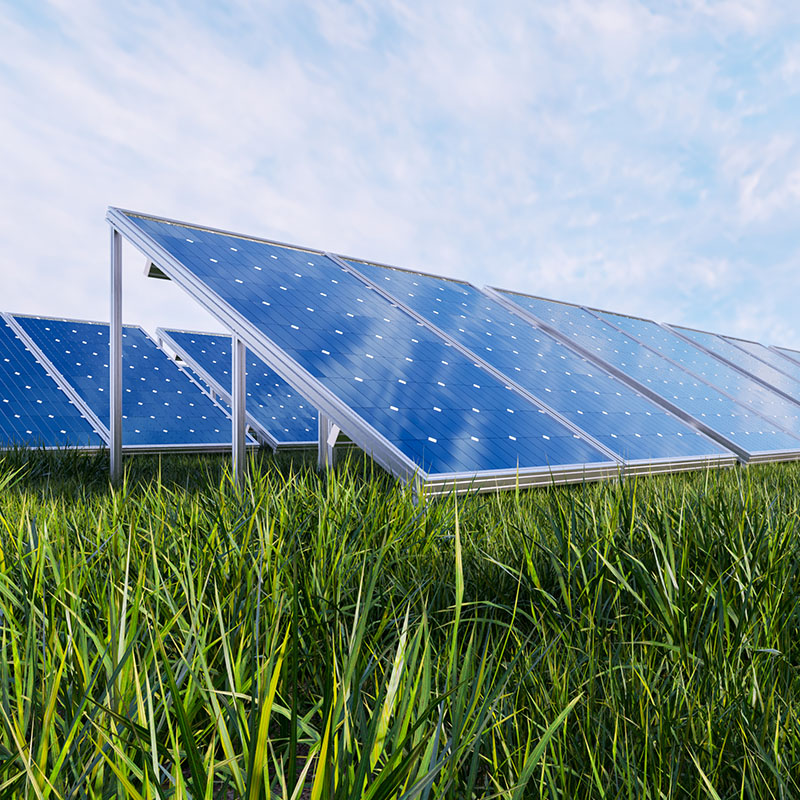
By: Nilay S.
Year: 2021
School: Irvine High
Grade: 9
Science Teacher: Sagar Sabade
Solar panels provide clean, renewable energy and our planet’s future depends on solar panels. The question for this project was “How does the light intensity, angle of incidence, area of solar panel, and temperature affect the solar panel output voltage?” To find the answer, a solar panel was set up outputting to a multimeter and measuring the output under controlled conditions (room temperature, uncovered). After that, it was tested with direct sunlight, then again with the frozen solar panel. Then 1/8th, 1/4th, and 1/2 of the area of the solar panel and measuring the power output at the different levels. Then measuring the power output of the solar panel under different conditions.
To measure effect of intensity, an adjustable resistor/slide switch was used. For the angle, a mechanism was produced to keep the panel at different angles and then the voltage was measured. For temperature, the solar panel was placed on ice and outside under the hot sun. The voltage was measured as the temperature changed. For measuring the effect of area, part of the solar panel was covered with opaque material.
The conclusions from this experiment in regards to area was that when more area is exposed to light, more solar cells work together
and generate more electrical energy. This is the reason why output
voltage increases when more area is exposed to light.
When the angle of incidence is 90 degrees, maximum solar energy is
absorbed by the panel and it generates maximum voltage. When the
angle of incidence is less, more light is reflected so voltage generated
is less.
When it comes to temperature, the solar panel generates more voltage when the solar panel is cold. The efficacy of the solar panel decreases with temperature.
For intensity, there is a limit to maximum voltage a solar panel can produce and it depends on how many electrons absorb energy from photons and convert it into electrical energy. This is why after a certain level, increasing light intensity does not increase output voltage.
